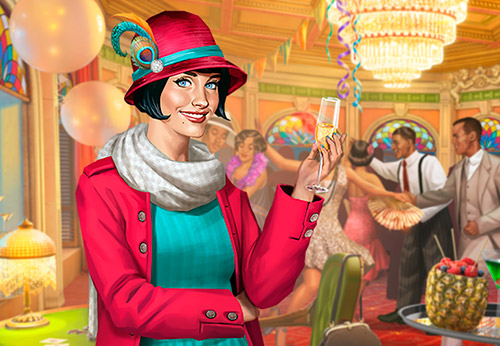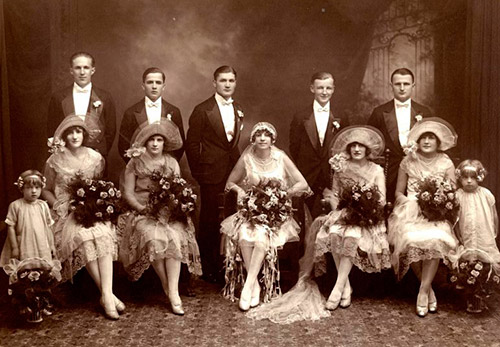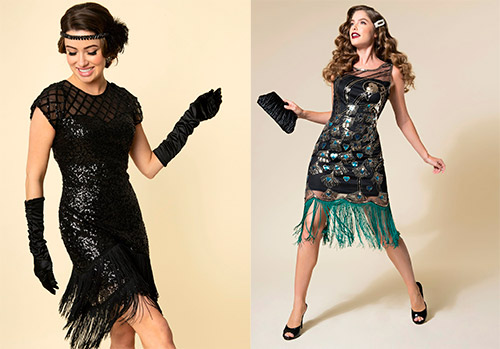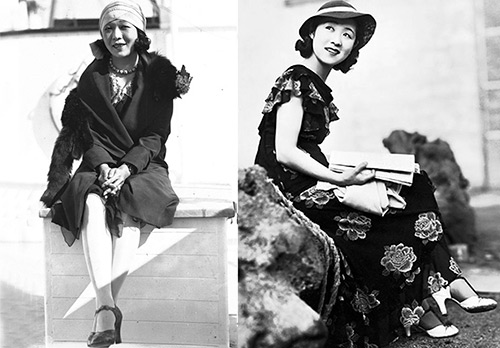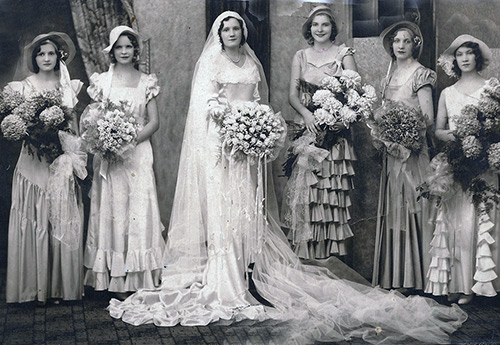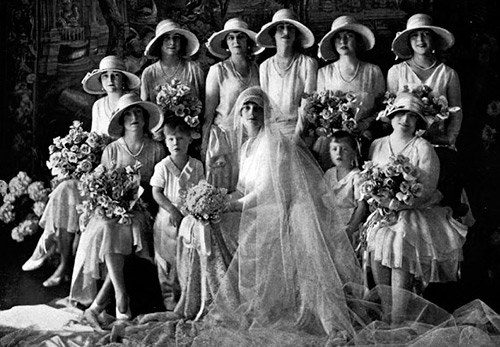20s Evening Dresses - Vintage Photos
The world is entering the 1920s again, but already in the 21st century. What will they be, 100 years after the "golden" or "crazy" of the 20th century? What dresses will be most relevant for parties and celebrations? Today we'll take a look at 1920s looks for some extra inspiration to create evening looks for Christmas and New Year 2024 ...
100 years ago, in the 1920s, after the horrors of war, I wanted to make up for lost time. Then, it seemed, unprecedented opportunities opened up, because all the troubles were left behind, and technical advances instilled confidence in a wonderful future.
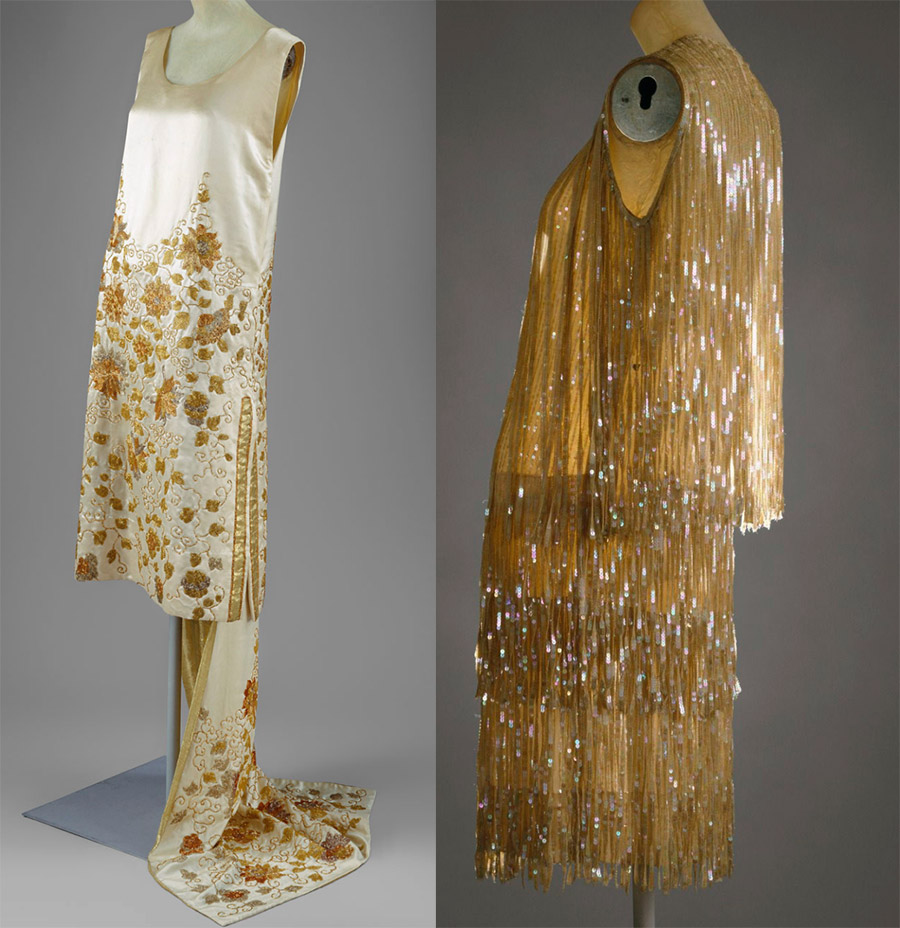
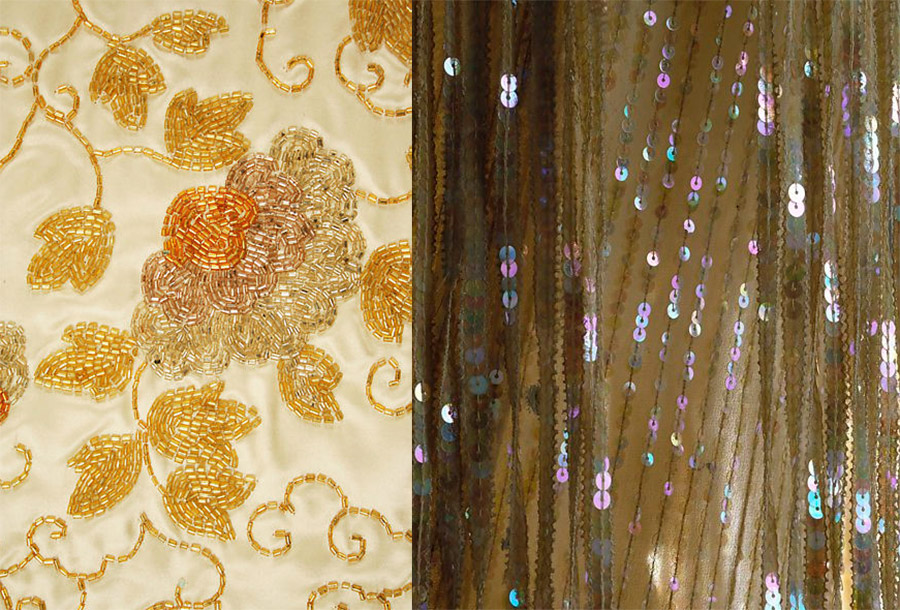
Paris was turning into the capital of the world, because not only noble and wealthy emigrants came here, but also writers, artists, artists from different continents. Numerous bars and restaurants were open until dawn. Everything became equally permissible for both men and women. All that remained was to dance and have fun. The cult of youth was in vogue. The endless party went on ...
What dresses were worn then by those brave women who cut their hair "like a boy", painted their lips brightly, wore potted hat and buckled shoes to make it comfortable to dance the Charleston all night.
The dresses had to correspond to the life of "eternal fun" - a simple shirt of a straight silhouette with thin straps, in which a girl-boy, freed from clothes, could dance all night long.
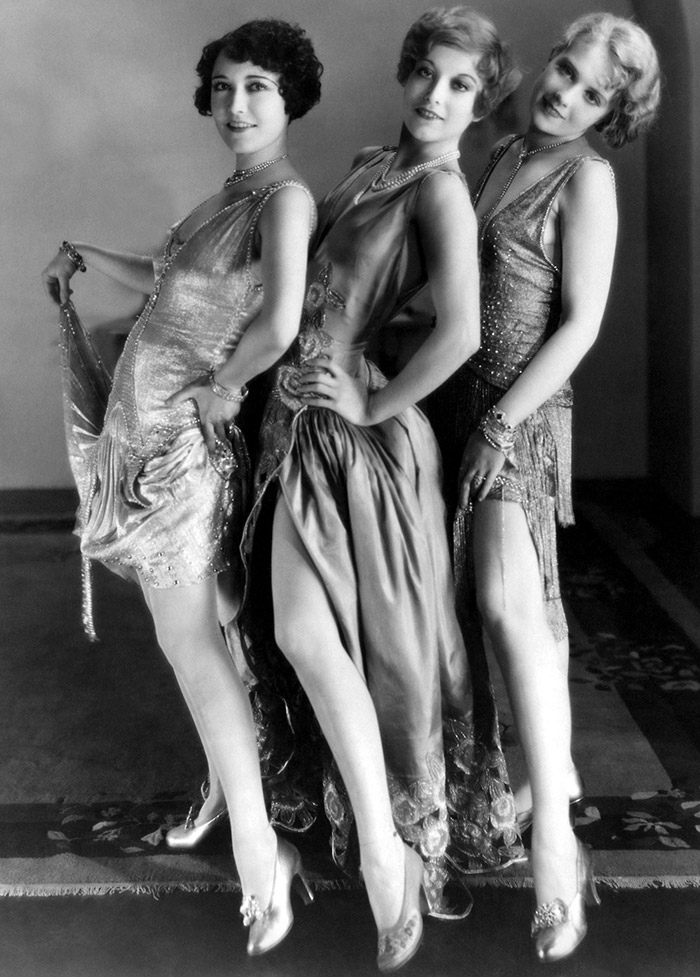
Short evening dresses and 20s style
For the first time in history in those years, an evening dress became as short as an everyday one. But if it's that simple, how do you create something chic for your party? In the evening, the ladies changed beyond recognition. In each of them it was difficult to recognize the woman who was seen during the day. The whole outfit sparkled with a whole range of rhinestones, pearls and sequins, feathers and fringes fluttered ...
Photos cannot capture all the sparkle and shine of evening dresses from the 20s. Even the original dresses in museums give only a small indication of how women looked at parties.
In the early 1920s, evening dresses were still long dresses, sleeveless, gathered at the waist, hips or back, slightly narrowed downwards. In the mid-20s, evening dresses were already only short. For a small dress, transparent fabrics were used, decorated with bugles and beads, silk fringes and feathers. The neckline both at the back and at the front reached almost to the very waist. Dresses were sewn from Chinese silk or panne velvet, the decor had the shine and shine of bugles, beads, beads.
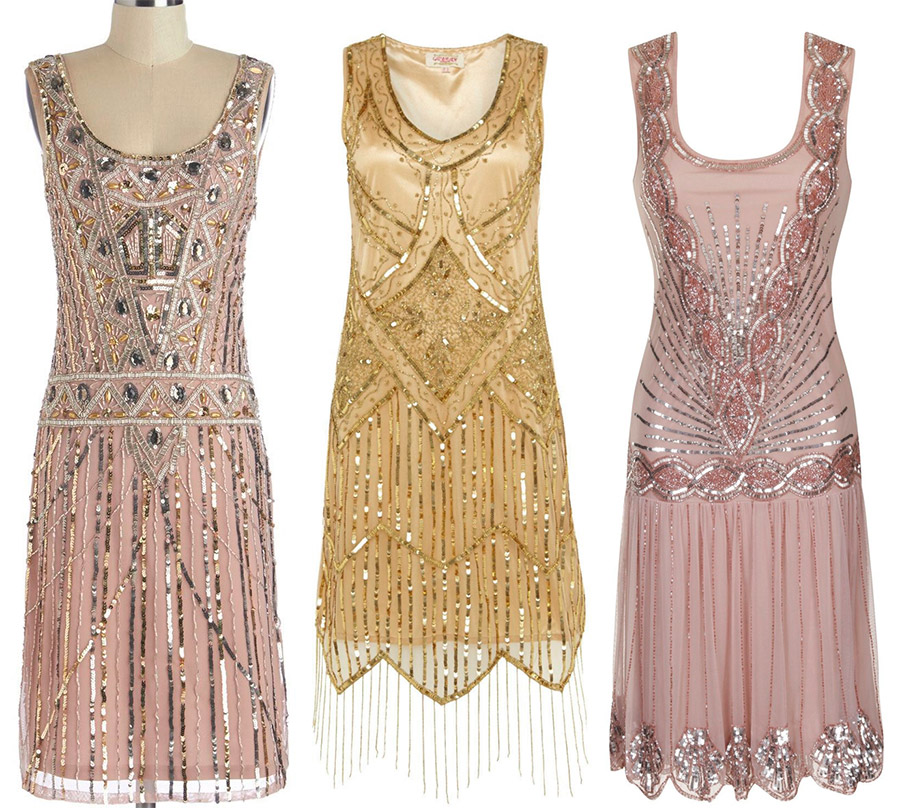
The simplicity of the cut encouraged designers to fantasize and come up with new and interesting shapes. Exquisite fabrics and embroidery in the spirit of China and Japan, which adorned simple dresses, were in fashion. The lady's bare shoulders were covered with fur or silk stoles or shawls with a jacquard pattern and a fringe along the edge.
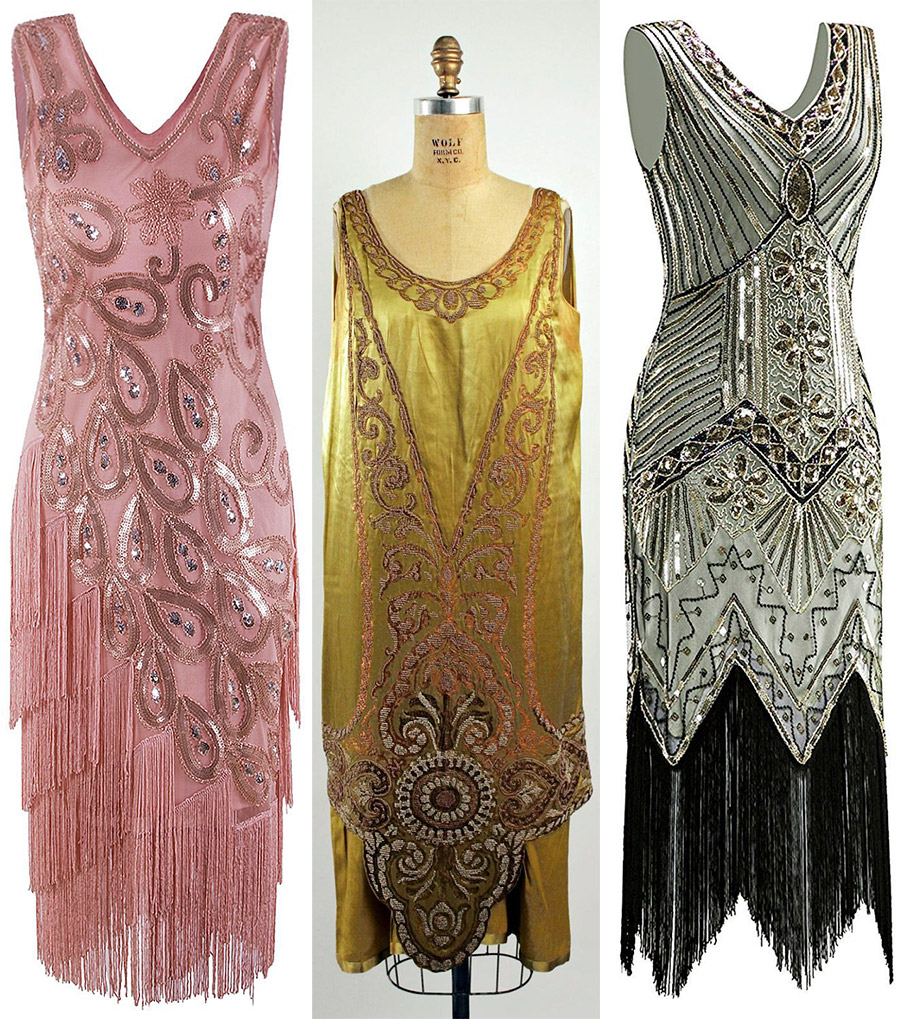
The patterns on the fabrics were no less important. The print and embroidery could make the dress look luxurious. Embroidered with silk, embroidered with bugles and pearls, gold sequins and shimmering mother-of-pearl. Delicate patterns in the Chinese style, made with multi-colored silk threads on transparent fabrics, Byzantine mosaics with fabulous placers of Ural gems, bright oriental patterns, gold embroidery of Egyptian geometry fascinated with their beauty.
A special luxury was given to dresses by a varied color palette, which created stunningly spectacular outfits.
Some fashion designers managed to diversify the same type of design of a straight shirt dress. Madeleine Vionne was one such designer. She always preferred complex design solutions, but now she had to create based on the cut of a simple shirt dress.
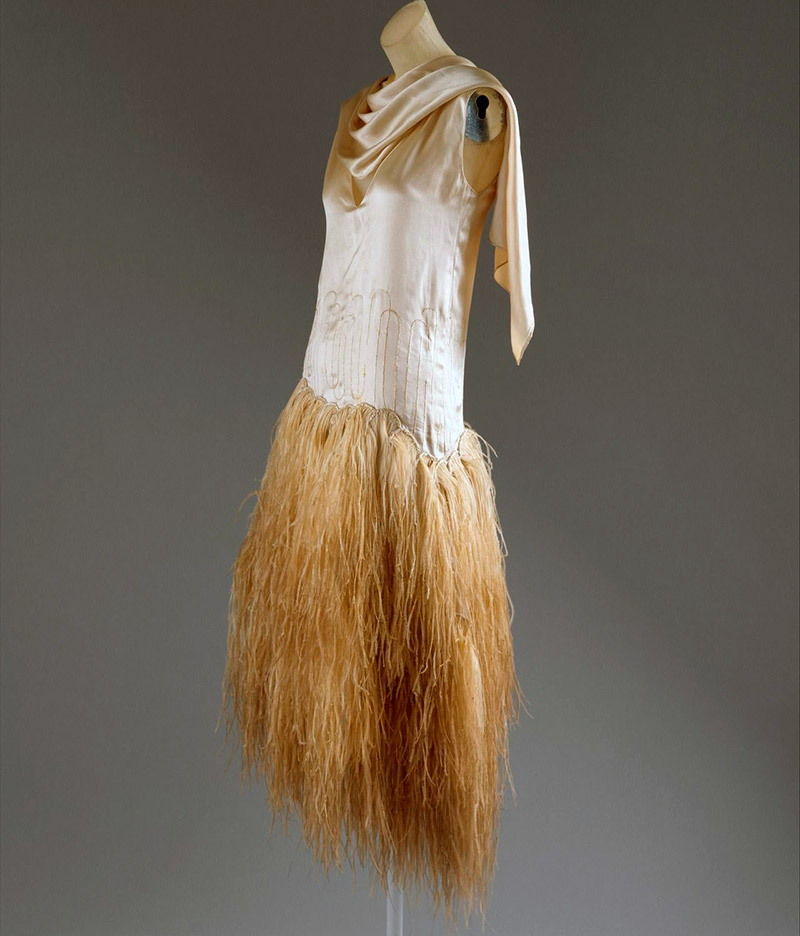
Madeleine Vionne began to use the ideas of contemporary art.This is how a dress in the form of a "checkerboard cage" was created, in which the cages were cut out of silver and gold fabric. She also remained true to her oblique cut. The designer adorned the dress of a straight silhouette, cut along the bias, with a long fringe of the same color, sewn along the shared threads, which made it possible to create a clear silhouette.
Throughout the 1920s, dresses mostly remained straight or tapered from top to bottom. Only by the end of the 20s did they begin to expand, and the waist returned to its place. Dresses with a rather complex cut along the oblique and uneven bottom appear, reminiscent of our modern dresses, cut from scarves.
The short era of the golden twenties is over. Many lost their entire fortune overnight. What opportunities, prospects or losses await us in the 20s of the 21st century? Time will tell what awaits us in the coming decade. In the meantime, we will prepare to celebrate the New Year 2024 and try to live it in happiness and joy.
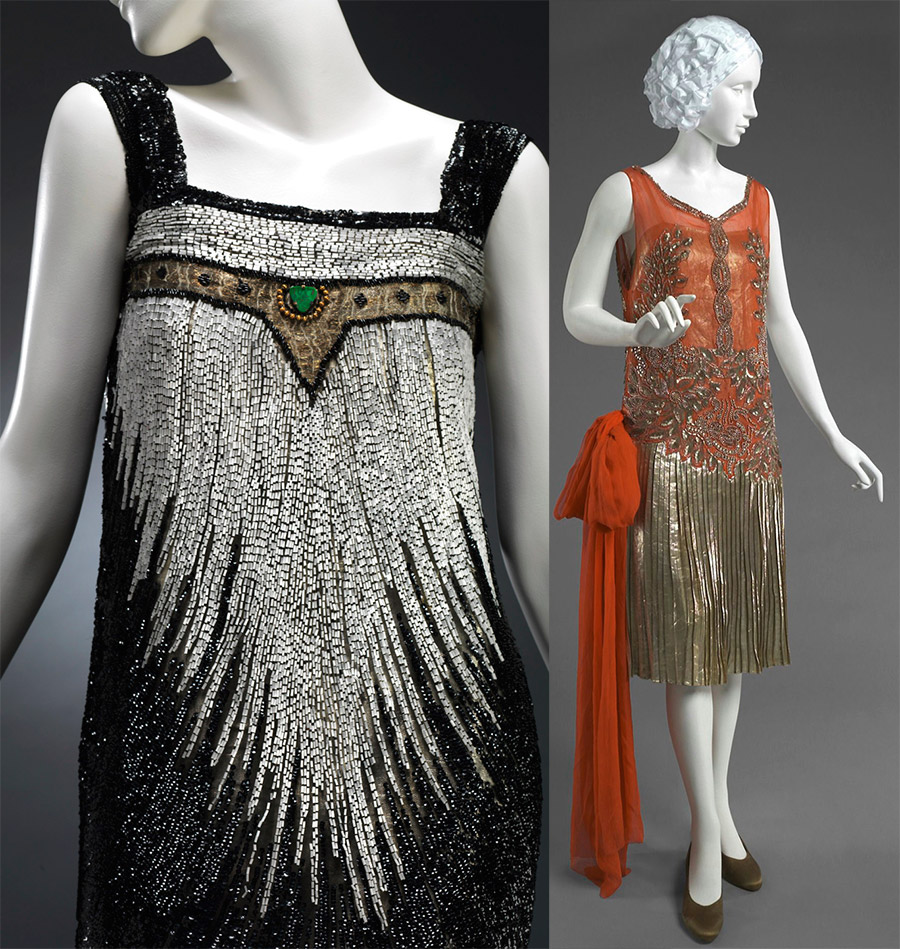
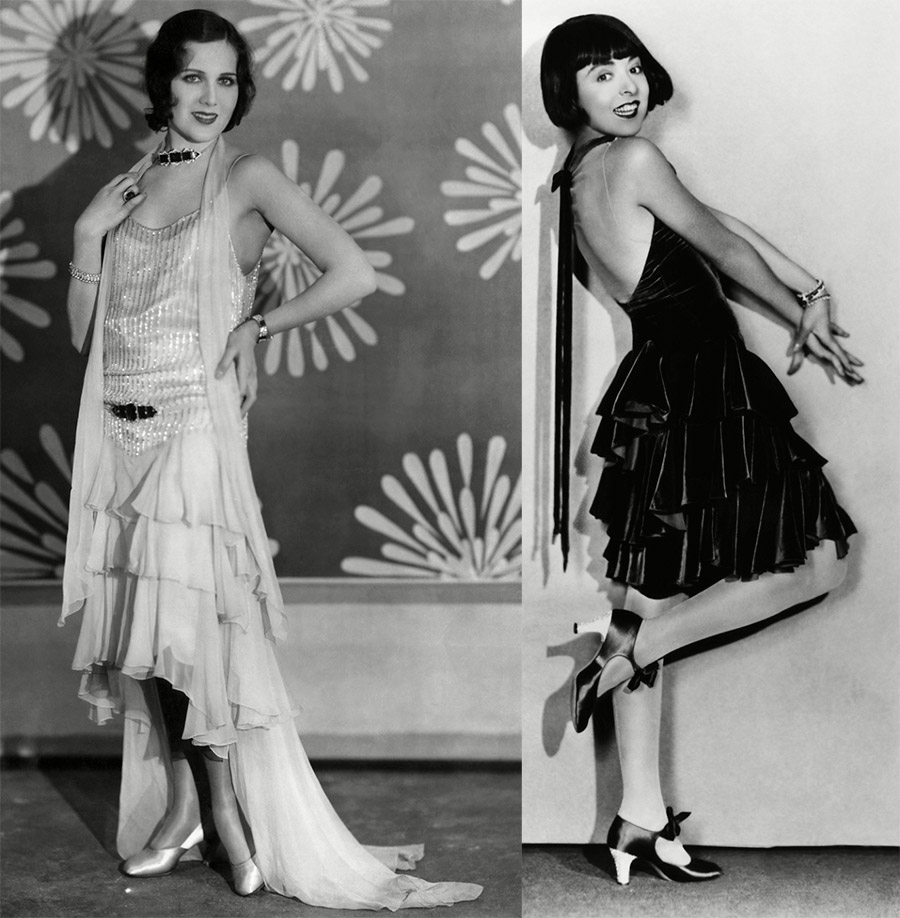
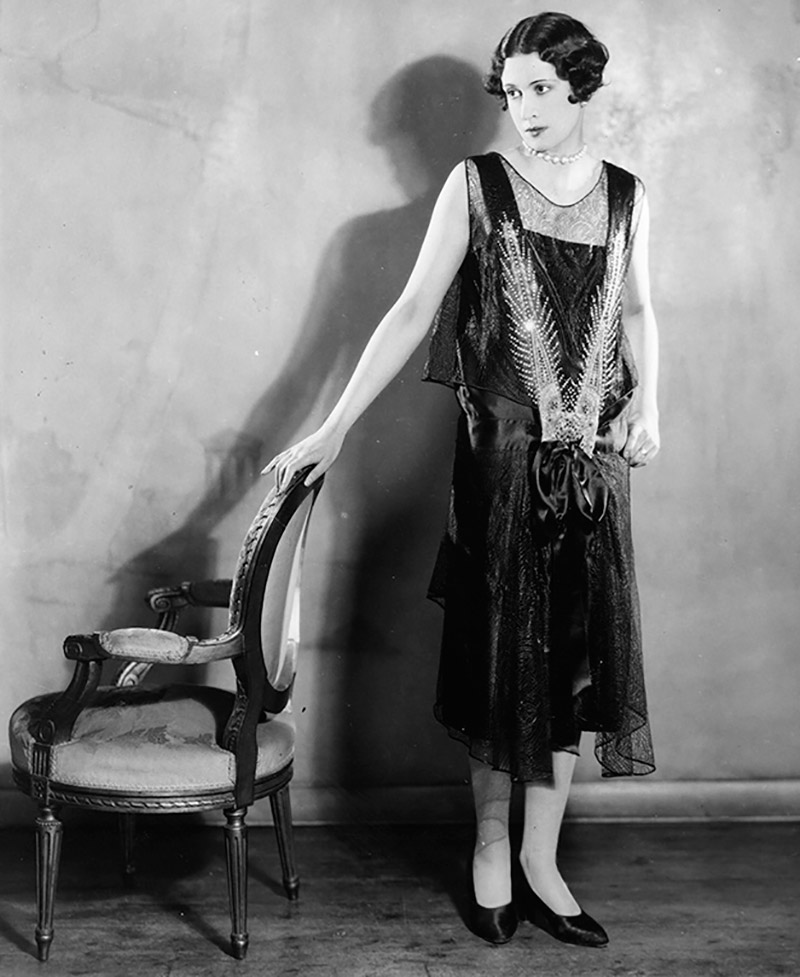
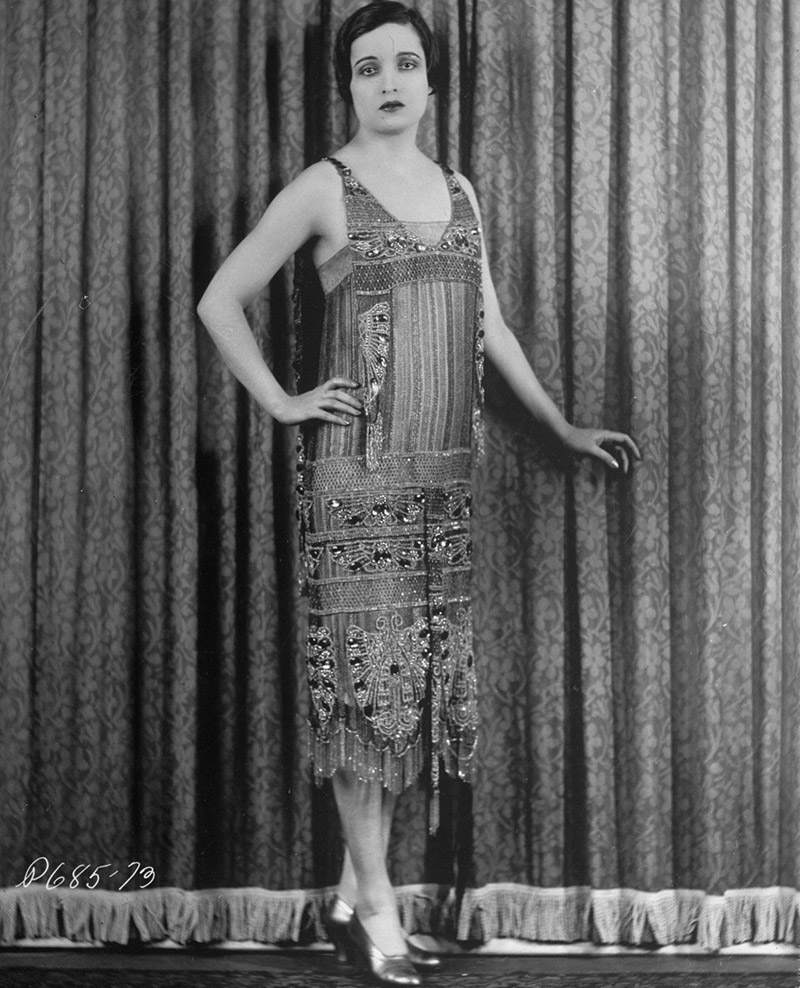
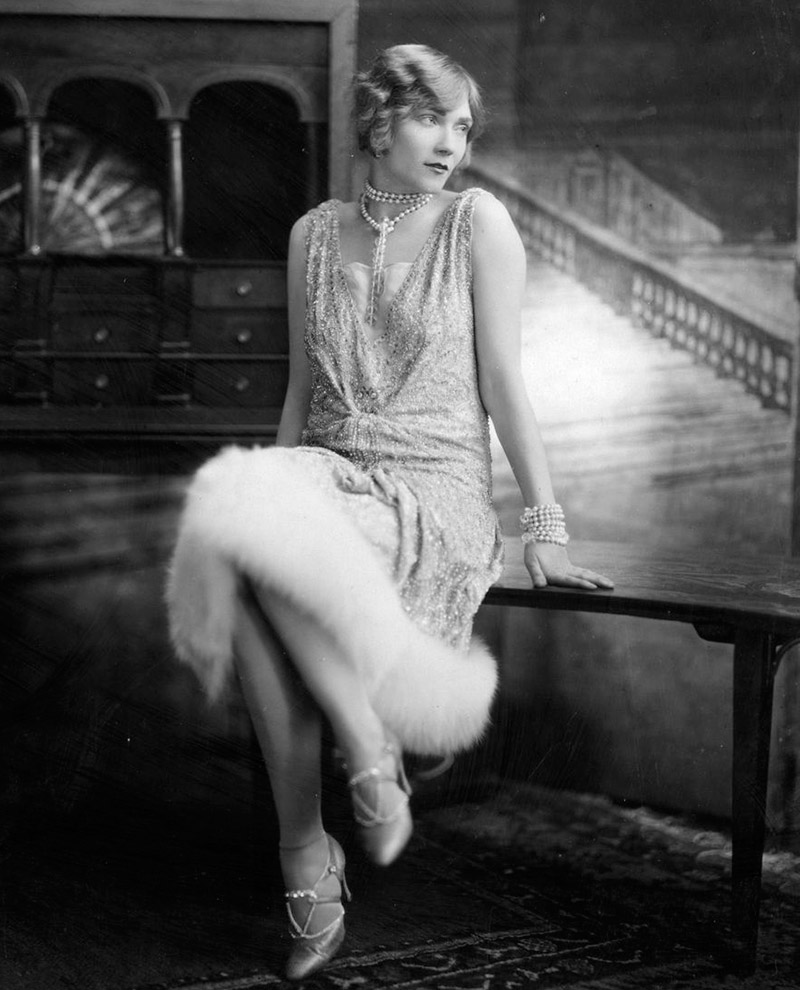
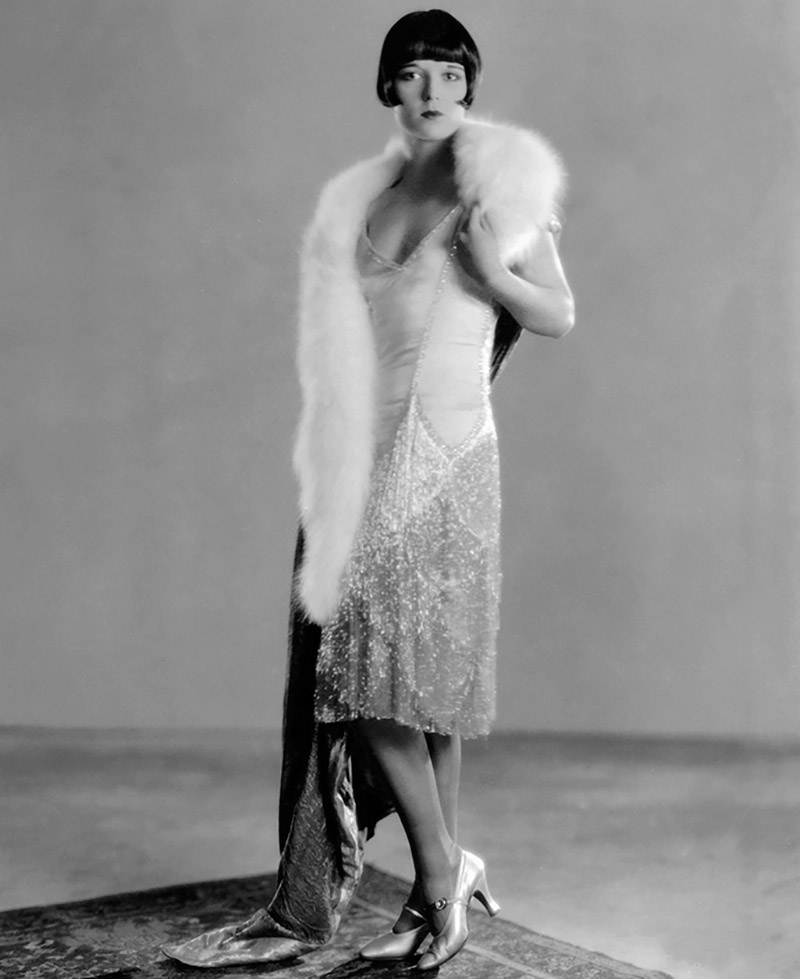
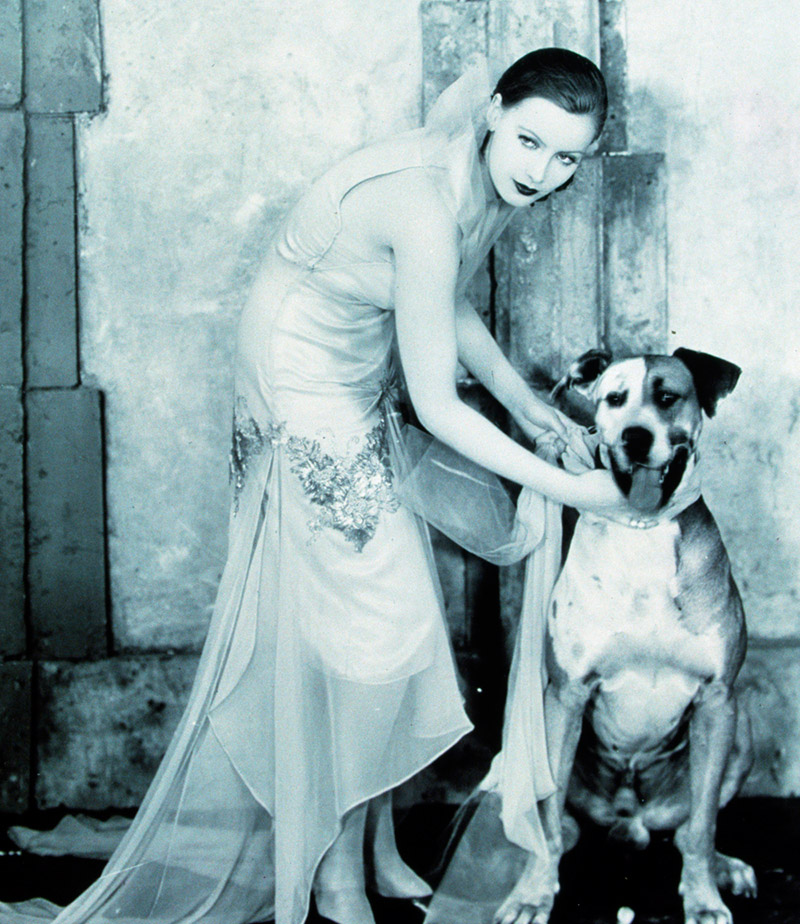
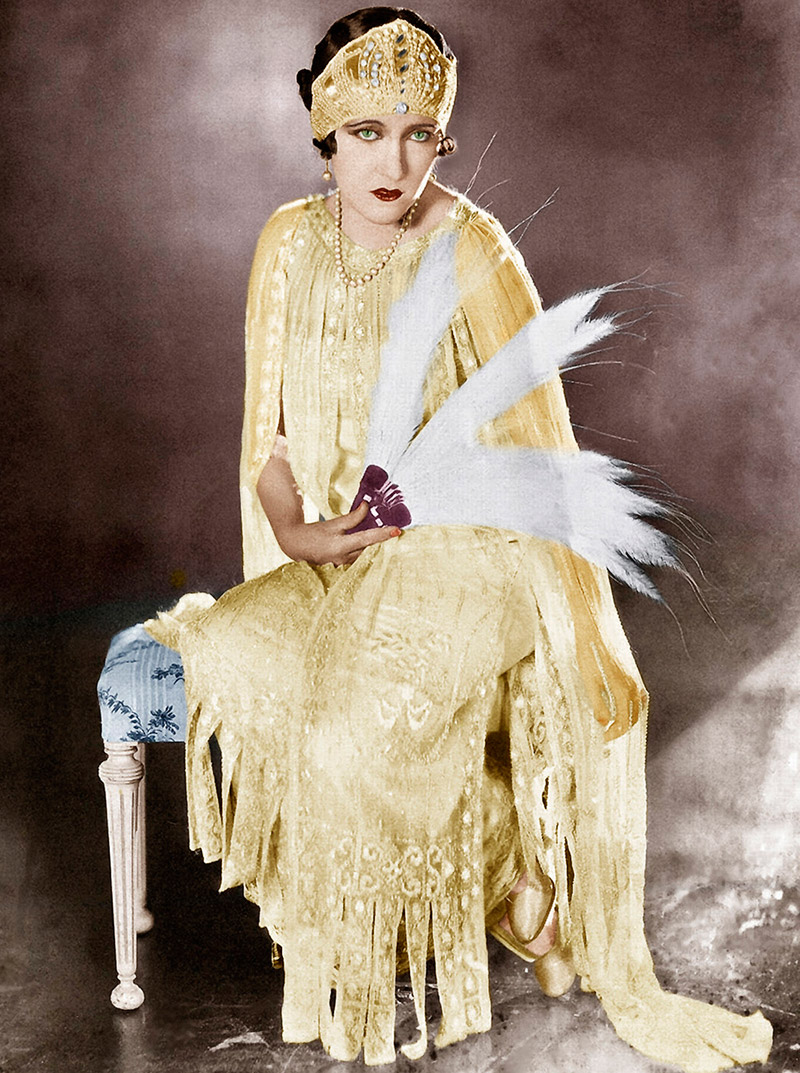
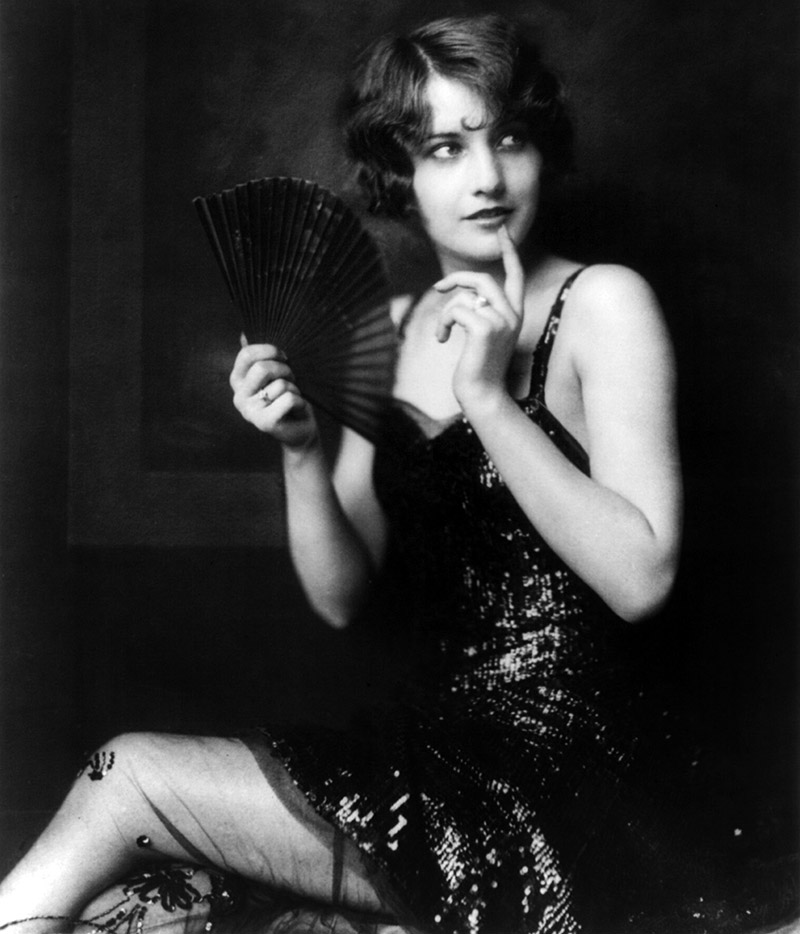
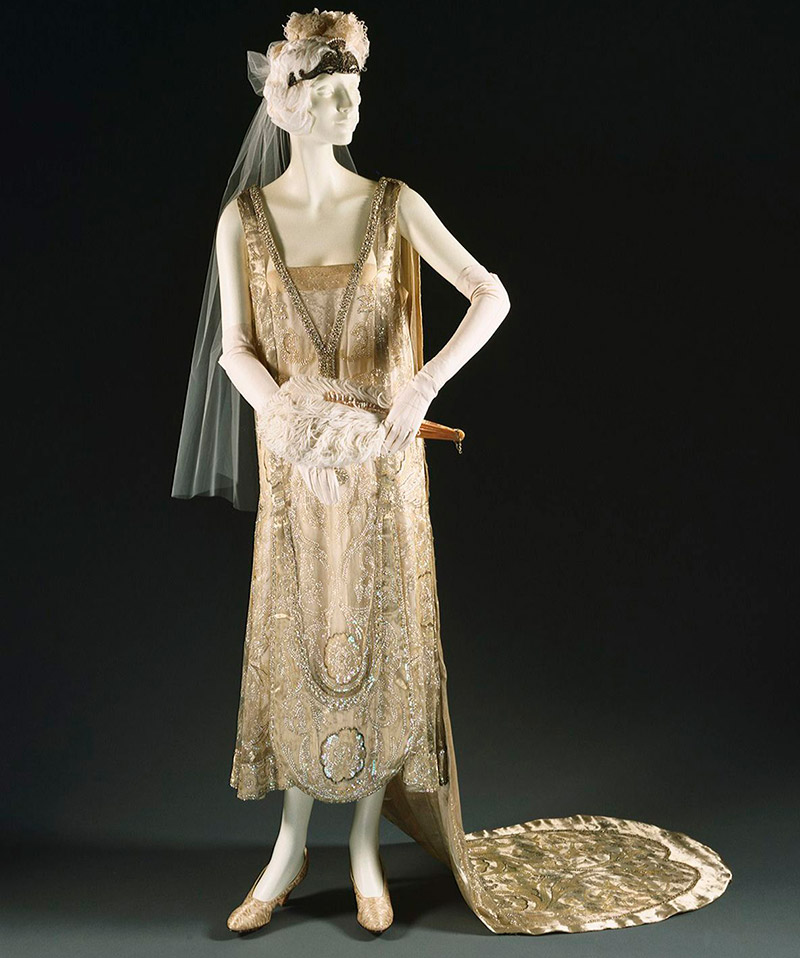
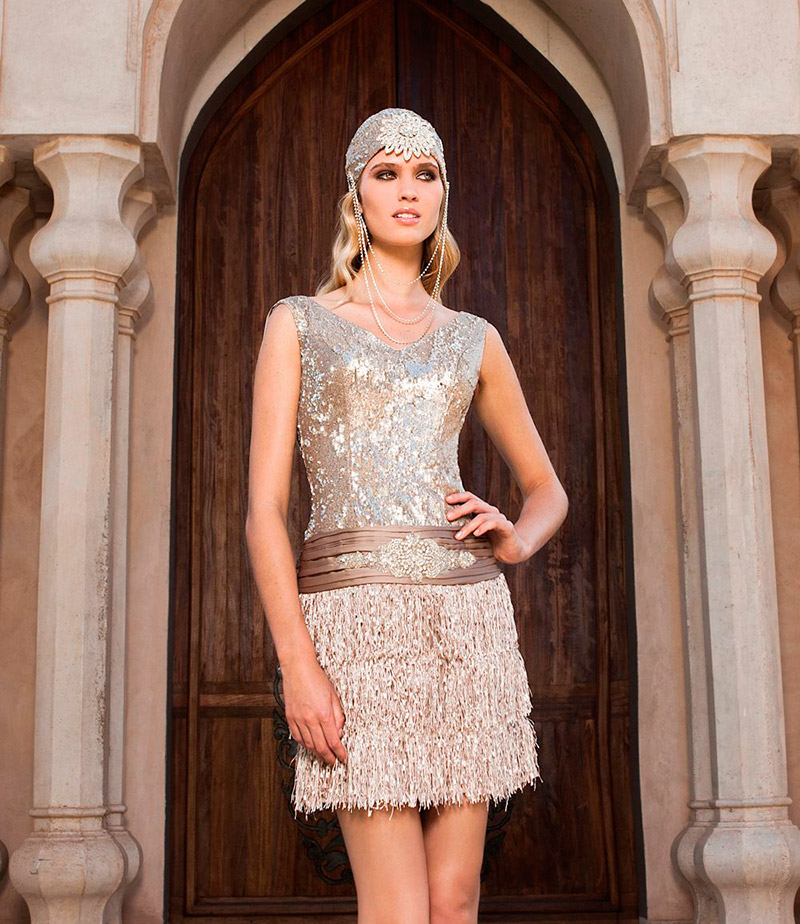
Comments and Reviews
Add a comment
Rating news
Shades of clothing that make women look younger
What shades of hair make women younger: rules and photos
Funny wedding dresses - photos and ideas
12 most expensive down jackets for the winter
How to look 25 at 40: tips from supermodels
Beautiful schoolgirls
Anti-aging haircuts and hairstyles for women
Fashionable skirts for autumn and winter
Fashionable women's trousers for the cold season
Fashionable and stylish sandals for summer 2024
Spring-summer 2024
 Fashionable dresses and tops with thin spaghetti straps
Fashionable dresses and tops with thin spaghetti straps
 Bandana tops: how to wear stylishly and beautifully
Bandana tops: how to wear stylishly and beautifully
 How to put together the perfect men's wardrobe for the summer
How to put together the perfect men's wardrobe for the summer
 Fashionable shorts for spring-summer 2024
Fashionable shorts for spring-summer 2024
 Fashionable skirts for spring-summer 2024: a guide to online shopping
Fashionable skirts for spring-summer 2024: a guide to online shopping
 The most fashionable dresses spring-summer 2024: styles and colors
The most fashionable dresses spring-summer 2024: styles and colors
 Fashionable total look 2024: image ideas and trends
Fashionable total look 2024: image ideas and trends
